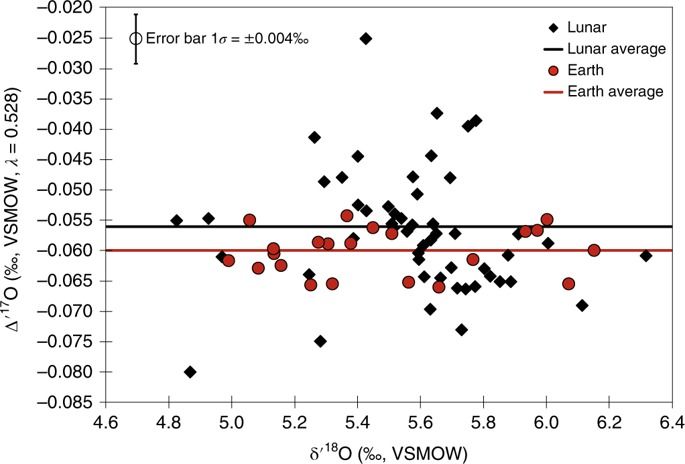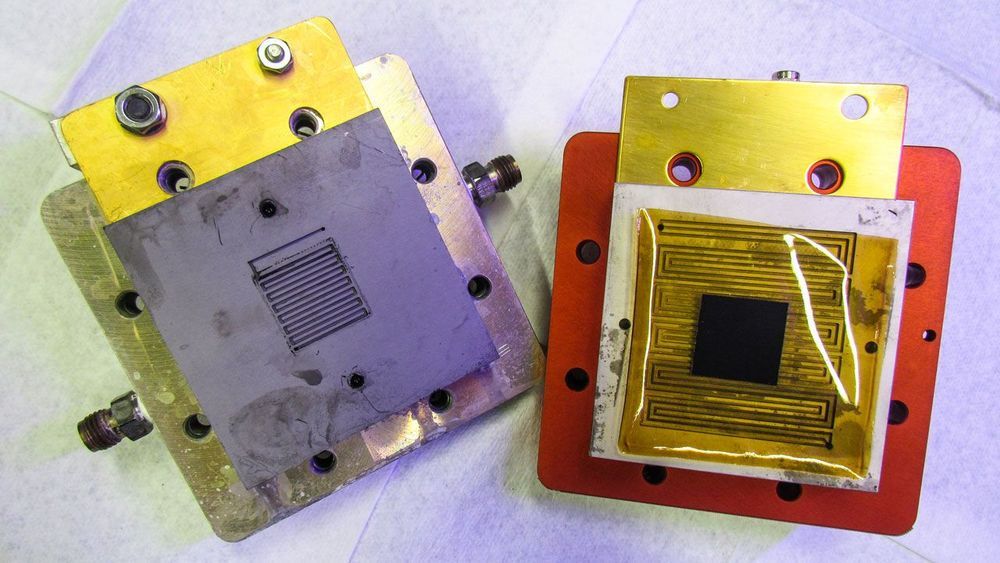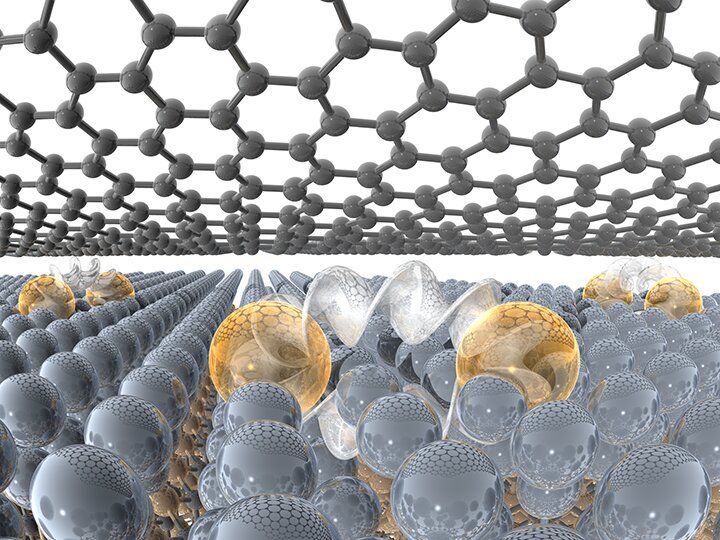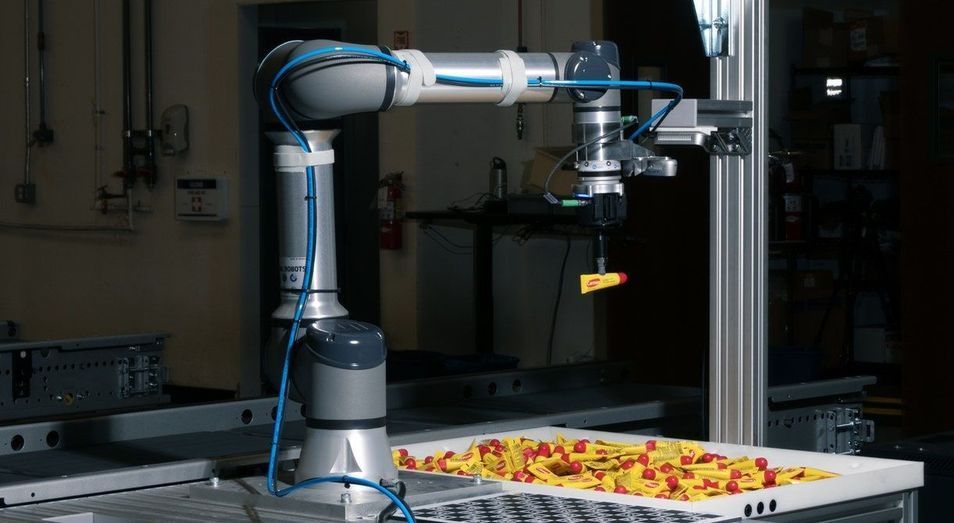Enzymes are nature’s powerhouses. Found in the cells of all animals, plants, and every other living organism, they accelerate the chemical reactions that trigger thousands of biological functions—from forming neurons to digesting food.



WASHINGTON — Two of the world’s largest geostationary satellite fleet operators said March 10 that launch providers who compete with them by deploying their own constellations could influence their choice of rockets.
Executives from SES and Eutelsat at the Satellite 2020 conference here said they are watching as SpaceX deploys its own Starlink constellation of broadband satellites, which could make SpaceX one of their competitors.
Blue Origin could also become a competitor if it launches Amazon’s Kuiper broadband constellation, according to Eutelsat Deputy CEO Michel Azibert and Hughes President Pradman Kaul, since Jeff Bezos owns both Amazon and Blue Origin.


The virtually identical oxygen isotope compositions of the Earth and Moon revealed by Apollo return samples have been a challenging constraint for lunar formation models. For a giant impact scenario to explain this observation, either the precursors to the Earth and Moon had identical oxygen isotope values or extensive homogenization of the two bodies occurred following the impact event. Here we present high-precision oxygen isotope analyses of a range of lunar lithologies and show that the Earth and Moon in fact have distinctly different oxygen isotope compositions. Oxygen isotope values of lunar samples correlate with lithology, and we propose that the differences can be explained by mixing between isotopically light vapour, generated by the impact, and the outermost portion of the early lunar magma ocean. Our data suggest that samples derived from the deep lunar mantle, which are isotopically heavy compared to Earth, have isotopic compositions that are most representative of the proto-lunar impactor ‘Theia’. Our findings imply that the distinct oxygen isotope compositions of Theia and Earth were not completely homogenized by the Moon-forming impact, thus providing quantitative evidence that Theia could have formed farther from the Sun than did Earth.

Astronomers scouring the cosmos for new planets have made a chance discovery, identifying the rare eclipse of two brown dwarfs.
“This is a great example of scientific serendipity,” Adam Burgasser, a co-leading author on this study and a professor of physics at UC San Diego, said in a statement. “While searching for planets, we found an eclipsing brown dwarf binary, a system that is uniquely suited for studying the fundamental physics of these faint celestial objects.”

The pullback will probably not be as severe as the dot-com bust in the early 2000s, when dozens of unprofitable internet firms failed. Today, venture capitalists and other investors still have large pools of money to invest. And certain types of start-ups — like those that make tech for businesses and that typically have steady sales — continue raising large sums of money.
Layoffs. Shutdowns. Uncertainty. After a decade of prosperity, many hot young companies are facing a reckoning.

Collisions between beams of gravitons could convert the hypothesized particles into photons, producing a potentially detectable radio signal that would accompany some gravitational waves.
If gravity and quantum mechanics are to be unified, gravitational waves—usually studied as a classical phenomenon using general relativity—must comprise hypothesized particles called gravitons. In theory, gravitons can interact with each other to produce photons, but these interactions were thought to be vanishingly rare and impossible to detect. In new theoretical work, Raymond Sawyer of the University of California, Santa Barbara, finds that in certain cases, colliding gravitational waves could produce enough radio frequency photons to yield a detectable signal.


An atomically thin materials platform developed by Penn State researchers in conjunction with Lawrence Berkeley National Lab and Oak Ridge National Lab will open a wide range of new applications in biomolecular sensing, quantum phenomena, catalysis and nonlinear optics.
“We have leveraged our understanding of a special type of graphene, dubbed epitaxial graphene, to stabilize unique forms of atomically thin metals,” said Natalie Briggs, a doctoral candidate and co-lead author on a paper in the journal Nature Materials. “Interestingly, these atomically thin metals stabilize in structures that are completely different from their bulk versions, and thus have very interesting properties compared to what is expected in bulk metals.”
Traditionally, when metals are exposed to air they rapidly begin to oxidize—rust. In as short as one second, metal surfaces can form a rust layer that would destroy the metallic properties. In the case of a 2-D metal, this would be the entire layer. If you were to combine a metal with other 2-D materials via traditional synthesis processes, the chemical reactions during synthesis would ruin the properties of both the metal and layered material. To avoid these reactions, the team exploited a method that automatically caps the 2-D metal with a single layer of graphene while creating the 2-D metal.
